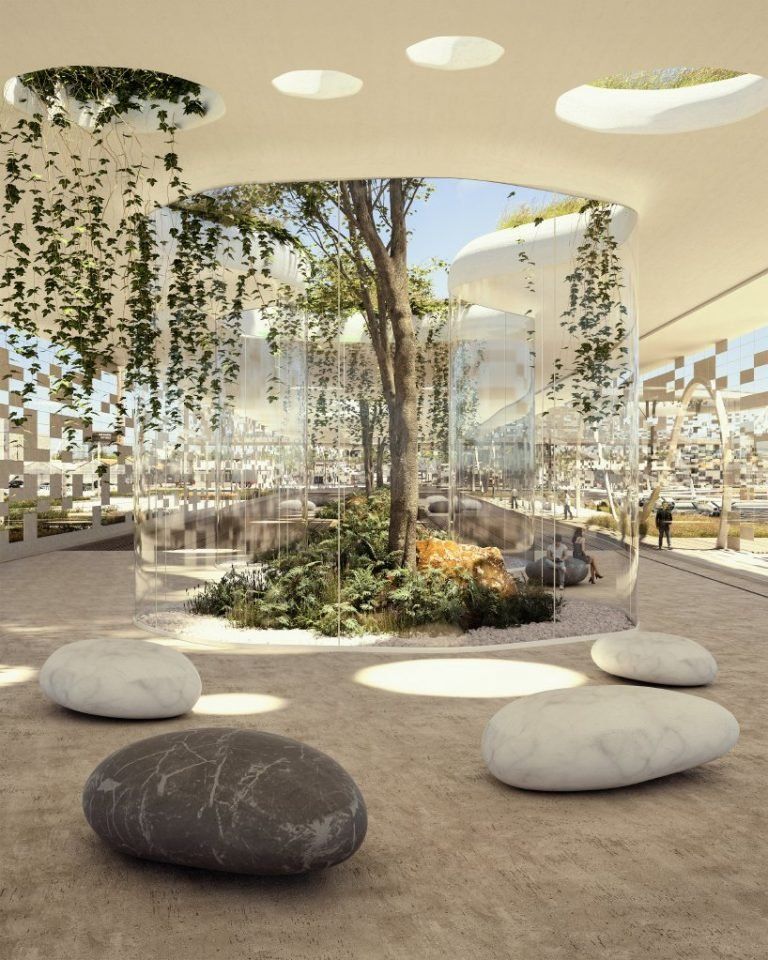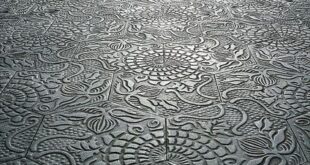Healing environments in interior architecture are spaces that are specifically designed to promote physical, mental, and emotional well-being. These spaces are carefully curated to foster feelings of comfort, relaxation, and tranquility, and are often used in healthcare facilities, wellness centers, and residential spaces to facilitate healing and restoration.
One key principle in creating healing environments is the use of natural elements. Incorporating elements such as natural light, plants, water features, and natural materials like wood and stone can help to create a connection to the natural world, which has been shown to have a positive impact on mental and emotional health. Studies have shown that exposure to nature can reduce stress, improve mood, and enhance overall well-being.
Another important aspect of healing environments is the use of color and lighting. Soft, calming colors like blues, greens, and neutrals are often used to create a sense of serenity and peace. Additionally, lighting can play a crucial role in creating a healing environment, with a focus on creating a balance of natural and artificial light to create a comfortable and inviting space.
In terms of layout and spatial design, healing environments are often designed with open, flexible spaces that allow for movement and flow. This can help to create a sense of spaciousness and openness, which can promote relaxation and a sense of well-being. In healthcare settings, healing environments may also be designed to provide privacy and a sense of security for patients, while still allowing for easy access to medical staff.
One example of a healing environment in interior architecture is the Maggie’s Cancer Care Centre in London, which was designed by architect Frank Gehry. The center features a warm, welcoming interior with natural materials and soft, calming colors, as well as spaces for relaxation and meditation. The center also includes a garden designed by landscape architect Dan Pearson, which provides a peaceful and tranquil outdoor space for patients and visitors.
Overall, exploring healing environments in interior architecture is a fascinating and important area of study. By designing spaces that promote healing and well-being, architects and designers can have a profound impact on the health and happiness of the people who inhabit these spaces. Whether in healthcare settings, wellness centers, or residential spaces, creating healing environments can help to improve quality of life and foster a sense of peace and harmony.
 goodworksfurniture Decoration and home design ideas
goodworksfurniture Decoration and home design ideas













